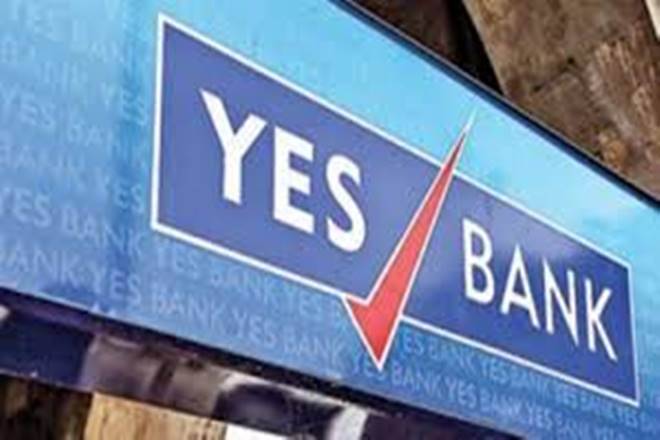YES posted 30% net income growth. The key negative was a much lower NII growth (23% year-on-year) against a strong RWA growth (46% year-on-year) with NIMs keeping lower by 40 basis points year-on-year. H2 should be better given lower base of NIM and higher base in total loans & stressed assets; we expect loan growth and NIM to normalise back to 30% and 3.5%, respectively. Rana Kapoor’s re-appointment and NPL divergence are two catalysts near term. Retain ‘buy’ with revised target price of Rs 445.
The bank delivered strong loan growth (+53% year-on-year) across both corporate (+52% year-on-year) and retail banking (+105% year-on-year). Within retail banking, pure play consumer loans grew faster at 152% year-on-year, while vehicle financing grew 121% year-on-year. The CASA ratio was at 35.1% against 36.5% quarter-on-quarter and 38.8% year-on-year. Management expects the CASA growth to pick up in H2FY19, which we believe will be driven by a much slower asset book growth which won’t necessitate acquisition of wholesale deposits.
Total net stressed assets declined 7% quarter-on-quarter (as percentage of loans declined to 1.57% against 1.78% quarter-on-quarter and 1.89% year-on-year). The improvement is optically helped by the higher growth in loans, but we think the high base of stressed assets starting Q2FY19 may no longer necessitate a stronger loan growth. Of the slippages of Rs 5.6 billion, management expects 56% recovery by September 2018.
The CET1 ratio stands at 9.7%, down 20 basis points sequentially. Given strong RWA growth and a continuation of trend may require an early capital raise. In our view, though, we think loan growth may slow down under 30% in H2FY19.
We expect capital issuance to happen only post the NPL divergence audit report from RBI, which may come towards the year end.
Net interest income grew 22.7% year-on-year growth. NIMs for the quarter were down 10 basis points quarter-on-quarter to 3.3%. Fee income was very strong across all segments.
YES chose to amortise the MTM provision (`2.8 billion left) requirement on its bond portfolio over next three quarter, but mgmt clarified it has already gained Rs0.8-1 bn as yield curve has come off a bit. We have cut NIMs by 6-10 bps, marginally lowered loan growth in FY20/21E, increased fee income while increasing credit cost in FY19. This results in less than 0.6% decline in EPS. However, adj. BVPS declined a little more by 2% as the net stressed assets were slightly higher than our expectation. We expect FY18-21E EPS CAGR at 26.7% and adj. BV at 19.1%.


